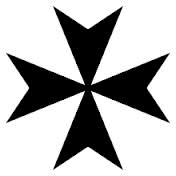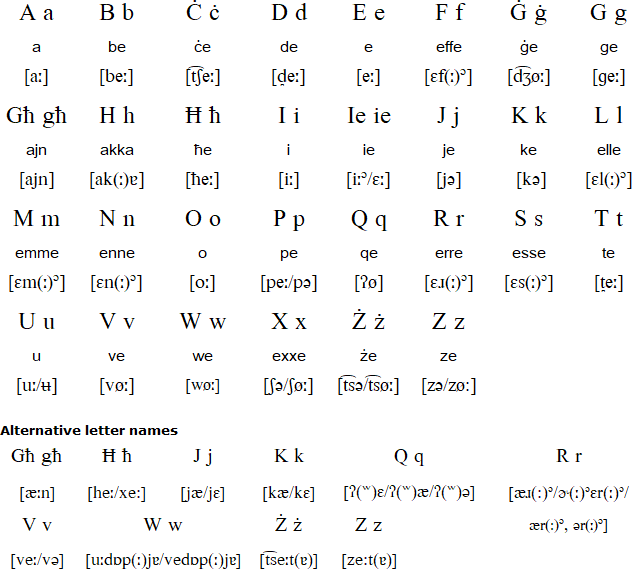MALTA WAR DIARY: OPERATION PEDESTAL - SANTA MARIJA – DAY BY DAY
OPERATION CERES UNDERWAY
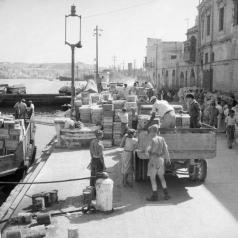
Operation Ceres underway c IWM GM1475
3000 army personnel are now working night and day to unload the supplies delivered by the newly-arrived convoy. All possible vehicles are engaged in the task, code-named ‘Operation Ceres’. In addition, 1500 army personnel are still working on the aerodromes for servicing and refuelling aircraft, and repairing runways as required to keep Malta’s fighters in the air and protect the precious cargoes.
AIR RAIDS DAWN 14 AUGUST TO DAWN 15 AUGUST 1942
Weather Fine; visibility 10-15 miles.
Dawn Having spent the night in futile attempts to towOhio, Bramham, Penn and Rye are joined by Ledbury. Further attempts to tow the sinking tanker are more successful, albeit very slow. The ‘cortege’ is joined later bySpeedy and two Motor Launches from Malta.
AM Spitfires 185 Squadron Hal Far are scrambled on five occasions to patrol over the incoming shipping. No enemy activity encountered.
0545-0650 hrs Four Spitfires 229 Squadron Ta Qali on convoy patrol fly near to Linosa and see a tanker which opens fire on them: no damage.
0625-0750 hrs Three Spitfires 229 Squadron on convoy patrol: no enemy aircraft sighted.
0630 hrs ML 168 arrives in Malta with 68 convoy survivors on board.
0700-0825 hrs Eight Spitfires 249 Squadron Ta Qali on shipping patrol: no enemy aircraft sighted.
0740-0845 hrs; 0805-0940 hrs Four Spitfires 249 Squadron at a time on shipping patrol: nothing to report.
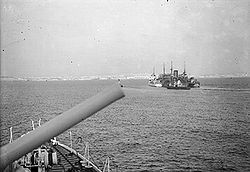
- Ohio inched towards Malta
0830 hrs Commander minesweepers reports sweepers in company with Bramham and Penn, with tanker Ohio in tow, very deep in the water and almost unmanageable.
0850-0905 hrs Air raid alert. Raid does not materialise.
0912-1300 hrs A long series of almost constant air attacks on Force X by dive bombers, high level bombers, torpedo bombers and dropping of mines or circling torpedoes by low-flying aircraft. JU 88s bombers near-miss HMS Kenya, causing a small fire in a boiler room.
0925-1100 hrs Eight Spitfires 229 Squadron are airborne: four to act as cover for the oil tanker Ohio and escort, the remainder as cover for a merchant vessel; nothing to report.
1000-1125 hrs Spitfires from Ta Qali patrol over the convoy. F/Lt Swannick sights a JU 87 diving on the ships. He fires a 2-3 second burst from 100 yards and sees hits on the starboard wing: claims damaged.
1120-1250 hrs; 1145-1320 hrs; 1210-1340 hrs Four Spitfires 229/249 Squadrons airborne at a time on convoy patrol: nothing to report.
PM Spitfires 185 Squadron Hal Far are scrambled on four occasions to patrol over the incoming tanker and naval escort: no enemy activity.
1225-1345 hrs; 1340-1440 hrs Four Spitfires 229/249 Squadrons airborne at a time to provide cover to a merchant vessel: nothing to report.

- Damaged Brisbane Star in Grand Harbour
1415 hrs MV Brisbane Star arrives in Grand Harbour, holed in her bows.
1450-1625 hrs Four Spitfires 249 Squadron are airborne to act as escort covering the approach of the tanker Ohio. One float plane and two fighters attack suspected raiders: no strikes are seen but target aircraft were later identified as friendly. No warning had been issued by Fighter Control and the attacked aircraft did not give any warning that they were friendly until after they had been fired on.
1455-1610 hrs Three Spitfires 249 Squadron escorting Ohioare diverted to intercept approaching enemy aircraft. F/Sgt Parks sees one unidentified aircraft which he describes as twin-engined with a white upper surface and presumes is friendly.
1530-1550 hrs Air raid alert for approaching enemy aircraft. Twelve Spitfires 229 Squadron are scrambled to intercept: no sightings.
1550-1705 hrs;1725-1905 hrs; 1750-1925 hrs Four Spitfires 229/249 Squadron at a time patrol over the tanker: no enemy aircraft sighted.
1800 hrs Force X escapes the attacks unscathed joins Force Z: together they head for Gibraltar.
1820-1910 hrs Air raid alert. Twelve Spitfires are scrambled to intercept and sight six fighters but do not intercept. Five minutes later three ME 109s appear and dive on Spitfires. Sgt Hogarth is attacked from behind and bales out: he lands in the sea three miles off Zonqor and is rescued by HSL 128. F/Sgt Hiskins scores cannon strikes on one ME 109 at 100 yards. The Messerschmitt is last seen diving towards Grand Harbour, streaming black smoke.
1830-2035 hrs One Albacore from Hal Far carries out an anti-submarine patrol over the incoming tanker.
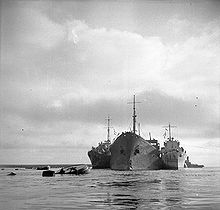
- Ohio supported by Penn and Ledbury
1840 hrs Ohio and the ships assisting her are within sight of Dingli. In spite of frequent air attacks, during one of which the tow was parted by a bomb, and the great difficulty experienced in towing, slow but steady progress is bringing the tanker closer to Grand Harbour.
1915-2015 hrs Four Spitfires 229 Squadron patrol over the tanker but are diverted several times to intercept enemy aircraft. Two aircraft return early.
2030-0040 hrs One Swordfish from Hal FAr carries out an anti-submarine patrol over the incoming tanker.
2035-2110 hrs; 2205-2325 hrs Air raid alert.
Night After dark the presence of E-Boats was suspected and fire was opened by shore batteries on one occasion, but no results observed.
A total of seven enemy aircraft approach the coast. Only two cross the coast, both of which are shot down by Malta night fighters: no bombs are dropped on land. Bingemma Fort fires four rounds at a shipping plot 1000 yards west of Bingemma Battery. Forts Madalena and Leonardo engage a shipping plot 12000 yards north east of St Elmo. Four rounds are fired. Searchlights expose but nothing is seen.
Military casualties Nil.
Civilian casualties Nil.
OPERATIONS REPORTS FRIDAY 14 AUGUST 1942
ROYAL NAVY On reports of surface plots Coast Artillery Searchlight sweeps were carried out and star shell fired, but no enemy craft were sighted.
Brisbane Star entered Grand Harbour at 1430 hrs and Hythe and Hebe rejoined Commander M/S. Continuous cover was given by fighter aircraft during the day, and together with the anti-aircraft protection afforded by the sweepers, succeeded in preventing the enemy from accomplishing his task of sinking Ohio and Brisbane Star.

Robust
Tug Robust was escorted to Marsaxlokk by Beryland Swona to stand by to assist with towing and was reported later to be towing ahead of Ohio. She proved, however, to be unsuitable for such a heavy tow and after bumping Penn and damaging her, she was not employed any more. Flag Officer Commanding North Atlantic reported safe arrival of Force “Y”. Fire was opened twice during the night on the information of RDF plots and it is considered that on each of these occasions E boats were driven off. The sound of engines was also heard and searchlights were switched on, but no targets were illuminated.
Since 0900 on 12th August, nine enemy aircraft were shot down by ships’ fire with eight probably and three possibly destroyed. The merchant vessels’ own anti-aircraft guns accounted for four of those definitely destroyed.
AIR HQ Arrivals One Beaufort from Gibraltar. Departures Three Hudsons to Gibraltar; two Wellingtons, one Spitfire to LG 224. Aircraft casualties One Spitfire shot down: pilot baled out uninjured.
FORTRESS ROYAL ENGINEERS Bomb Disposal UXB Reported 3. Dealt with: 2 High Explosives (1 x 250kg; 1 x 50kg).
